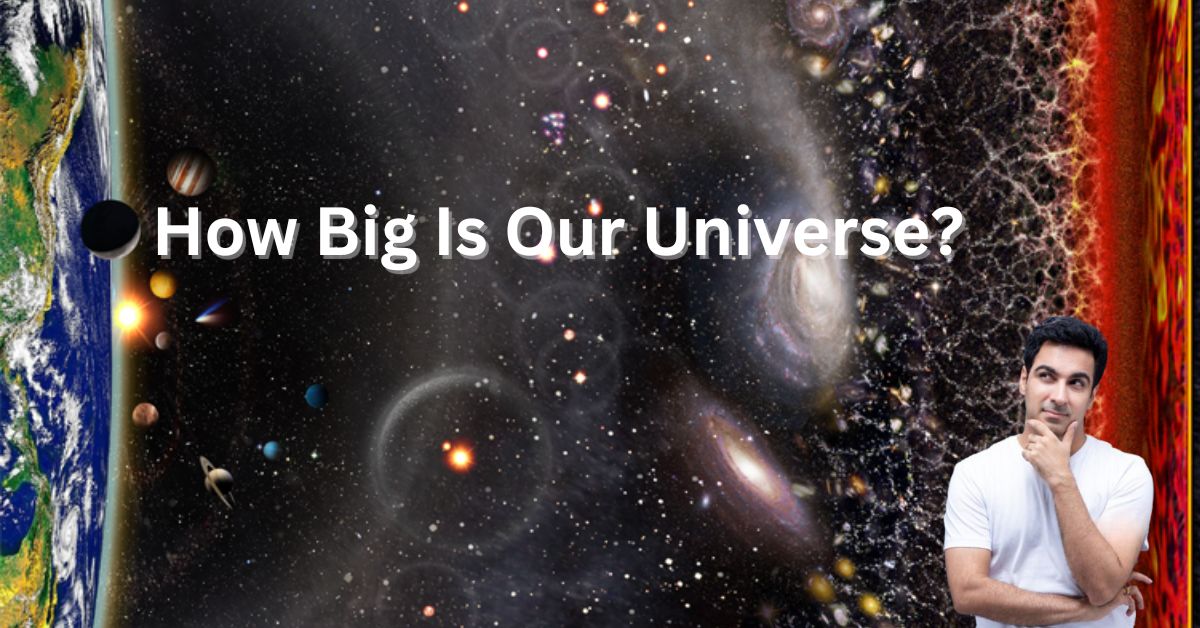Introduction: The universe is vast—so vast that even our most advanced telescopes can’t see its edges. From the tiny atoms that make up our bodies to the enormous galaxies stretching across the cosmos, the scale of the universe is almost beyond human comprehension. Scientists estimate that the observable universe spans 93 billion light-years, but is that all there is? Or does the universe extend far beyond what we can see? In this blog, we’ll dive into the mind-boggling size of the universe, explore its limits (if any exist), and uncover what lies beyond our cosmic horizon.
The Universe.
How big is the universe, The universe is a huge, wide-open space that holds everything from the smallest particle to the biggest galaxy. No one knows just how big the Universe is. Astronomers try to measure it all the time. They use a special spectroscope instrument to tell whether an object is moving away from or toward Earth. Based on the information from this instrument, scientists have learned that the universe is still growing outward in every direction. Scientists believe that about 13.7 billion years ago, a powerful explosion called the Big Bang happened. This powerful explosion set the universe into motion, and this motion continues today. Scientists are unsure if the motion will stop, change direction, or keep going forever.
How big is the universe?
All of us must have had this question in our minds at some time or another: how big will our universe be? Is there any limit to it? Is it expanding or shrinking, many such questions we are going to solve through this blog. How big is the universe, this is for us, the human race, right now, till now, it is a mystery, but let us try to reach as far as the telescope can see.
Let’s go for a ride to map our universe.
To The Moon.
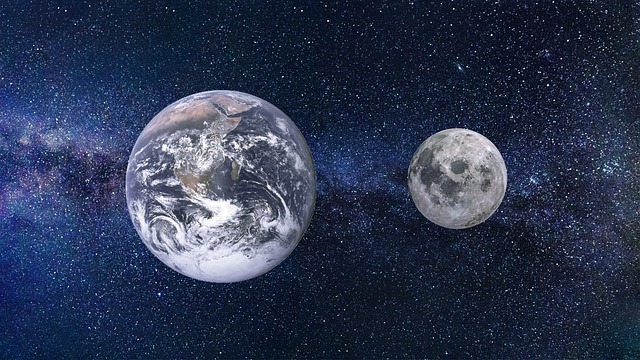
For the basic understanding, we first talk about our solar system in that we discuss the distance between the planets, our star, the sun, and the edge of the solar system. Start with the moon The distance between the Moon and the Earth is 384000 KM if we assume that the Earth is stable and the moon is also stable and we have to cover the distance directly with the help of the most advanced Jet vehicle, X-15, then it will take about 50 hours or two days, we cannot reach the moon in two days because both the Earth and the Moon are rotating and scientist have to do a lot of integrations. When Apollo 11 went on the channel, it had to be done in a way that would take us about 50 hours or two days. Even four or five days means going to the moon is not as long time as we think, but still, with the technology that we have to date, out of the total population of the world of 7 billion, only 12 people have set foot on the moon, if you want to know more about moon missions held by NASA and Apollo 11 CLICK HERE.
To The Sun.
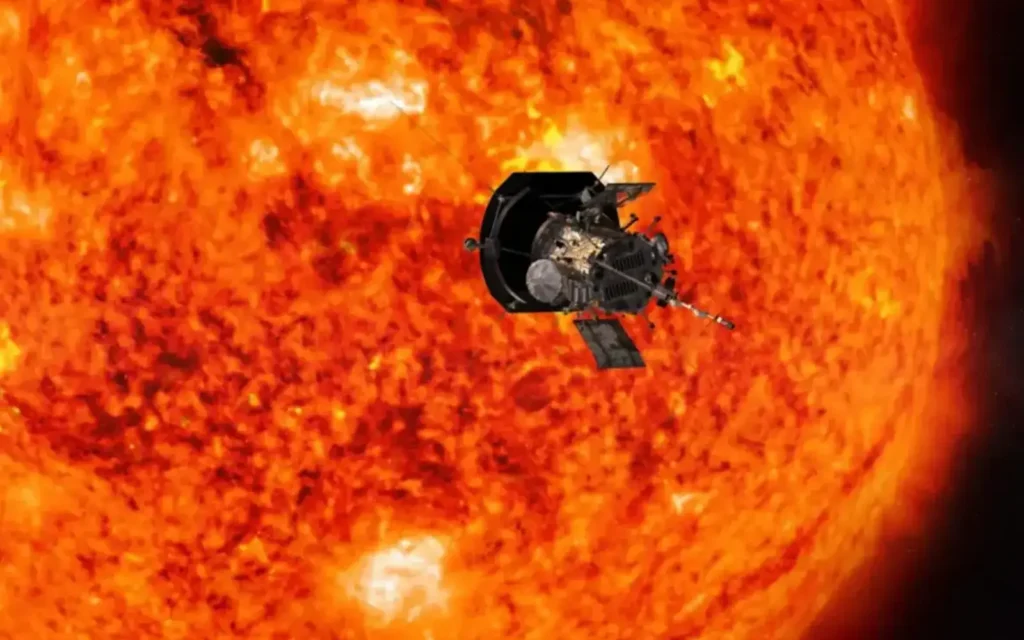
Don’t be surprised here if you think it’s a very far distance. Hold on when it comes to going to the sun, which is our nearest and only star; the distance of the Sun from Earth is about 149597870 KM, in other words, 150 million kilometers. This distance of the sun from the earth is also called an astronomical unit because the other planets of our son are at such a great distance, so their distance measuring in kilometers is very complicated. Let’s estimate. Now, we will forget about that jet X-15. Let’s talk about the spacecraft because it is the only one that can break the gravitational force of Earth and go out of it. So today, the spacecraft we have can fly at a speed of 20 km per second, if we do the math, we will cross the distance from the Earth to the sun in about 56 days. However, no human has been sent towards the sun till now because you know the result very well. But NASA sent the Parker Solar Probe toward the sun on 12th August 2018 it has sent a lot of information about which scientists are still underwear.
To The Mars And The Other.
Now, let’s move towards our solar planets. So, let’s see the distance of our other planets relative to the sun. Mars is 1.524 AU away from the Sun, and the biggest planet of our solar system, Jupiter, is also 5.203 AU away, now you will ask one thing: why is there so much difference between Mars and Jupiter, because there is a belt up small planets between them, in which there are thousands of small planets ranging from the size of houses to the size of mountains. Now next comes the most beautiful planet, Saturn, which is 9.539 AU away from us, after that, Uranus, which is 19.18 AU away from us, after that, Neptune, which is 30.06 AU away from us. Let’s also include Pluto. The distance of Pluto is 39.53 AU. It is gradually becoming difficult to speak the figures. So if we talk about spacecraft with a 20 km per second speed, then we will reach Mars in 132 days, Jupiter in one year and 2 months, Saturn in 2 years and 2 months, Uranus in 4 years and 5 months, Neptune in 7 years and one month, and Pluto we will take 9 years 3 months.
If we measure the Comets from where they come, then the diameter of our solar system is 28,74,60,00,000 KM. To go there is approximately 45 years, and it will take almost half of our life. This is nothing in front of the universe. It is so wide and big.
To The Nearest Star.
So let’s go a little further towards the star nearest to our Sun. It may sound strange, but the nearest star to the Earth is the sun, and if there is any star nearest to the sun, then it is Proxima Centauri. Which is 4.2 light years away, what? Light years? What is that? The question has arisen in your mind, so let me tell you that now we have come so far from the earth that even a kilometer’s, astronomical unit’s, will fall short of covering this distance. So scientists took the help of the speed of light to measure such a long distance. The speed of light is considered to be the fastest in the universe, which is about 3 00,000 per second. So, the distance covered by light in one year is considered to be a light year. Let’s convert into kilometers once and see. Now it will look like this…..
1 light year= 3, 00,000×60×60×24×365=94, 60,80,00,00,000 KM
And if we multiply by 4.2, which is the distance of our nearest star, Proxima Centauri, we find the distance of that star. So if we go to our nearest star with our fastest speed, it will take us to 65,000 years. This may not seem impossible for now, but who knows, it may become a reality in the next thousand years that we have come.
I am going to tell you something interesting that is this: Proxima Centauri is 4.2 light years away from us. This means that it takes 4.23 years to reach light to us. That means, if you see this star with our eyes tonight, we will be seeing a 4-year-old star. That means if it explodes today, that is its end. If this explosion happened, then we will not know today. Will not after 4 years. That is an interesting fact about these light-years. The sun we are seeing now is eight and a half minutes old, one and a half seconds old, we are seeing the moon.
To The Galaxies.
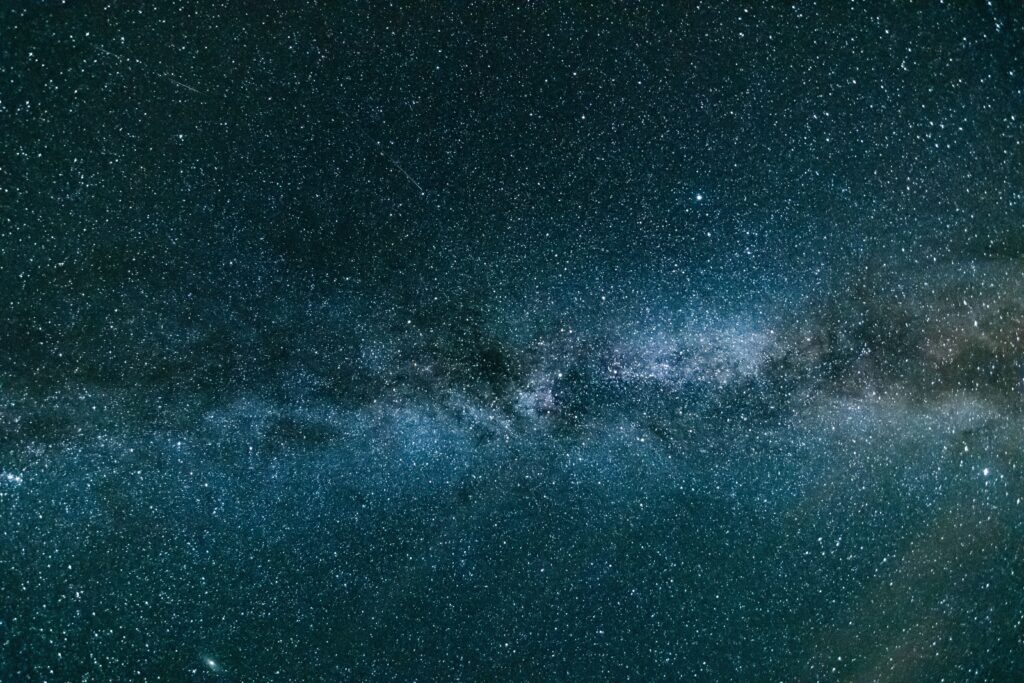
Now, get to the galaxies. We come to our galaxy, which we lovingly call the Milky Way. The distance from one end to the other end is 1 05,700 light years. Now, even the light has started to slow, so in this sea of sand in the galaxy, there are a total of 1000 Billion stars and more than 1000 billion planets here, out of which our Sun and our Earth are present at some place like grains of sand.
Let’s move ahead; we meet our nearest galaxy, which is Andromeda galaxy, which is about 25 00,000 light years away from us.
The Local Group And Superclusters.
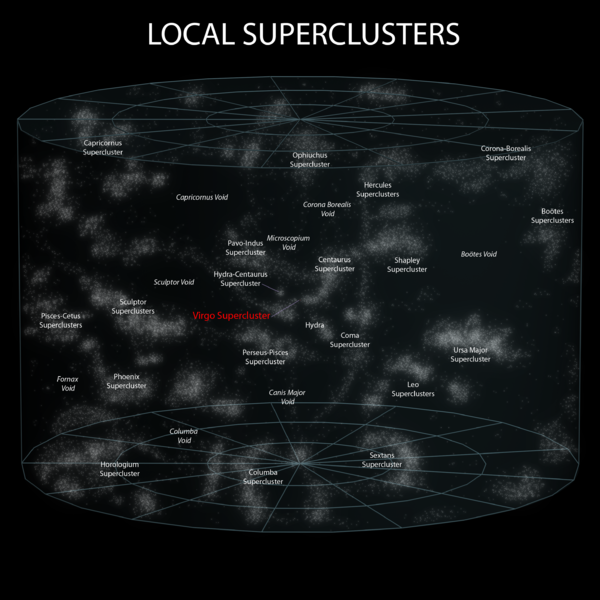
Next comes the local group of galaxies, in which there are about 500 million galaxies, and the distance from one end to the other end is about 10,000,000 light years. Now, next comes the superclusters in which many such local groups are included and in which more than 50000 galaxies are present. The distance from one end to the other end can be 500 million light years.
Observable Universe.
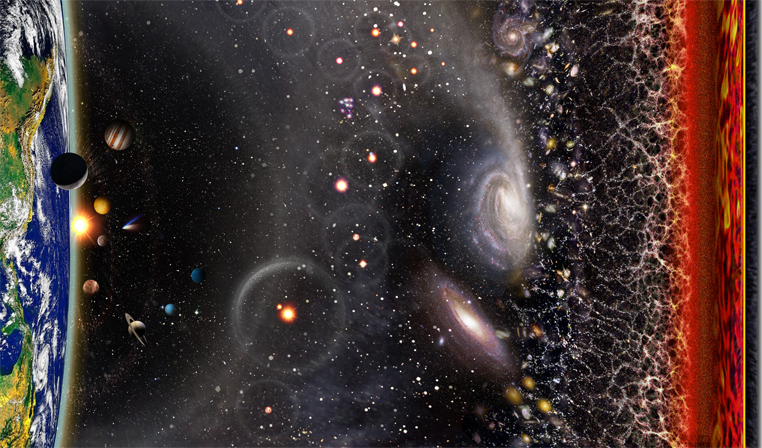
And at the end comes the observable universe in which many superclusters are present, this means that to date, the distance from the earth to the earth has been seen, in other words, the distance from where light has come to the earth. Relative to the earth, its expansion has been measured by considering the earth as the center, which is 9300405030 light-years. What is beyond this?, we will also be able to know when the light of something from a comes towards us, and the universe is expanding, so will the light come towards us? Scientists estimate that the real universe can be one and a half times bigger than the universe if we write letters, look at this 1,50,00,00,00,00,00,00,00,00,00,000 This is what it came out.
So let us understand with an example: if we consider the observable universe as we see it: a basketball, then in front of the size of this basketball, the real universe can be as big as our Earth that is how amazing our universe is.
Also Read:
Apollo Mission: Why We Haven’t Gone Back To The Moon? Why did we stop going to the moon?
SpaceX Got The Deal, carry ISS to Earth : Here’s how it will work.
